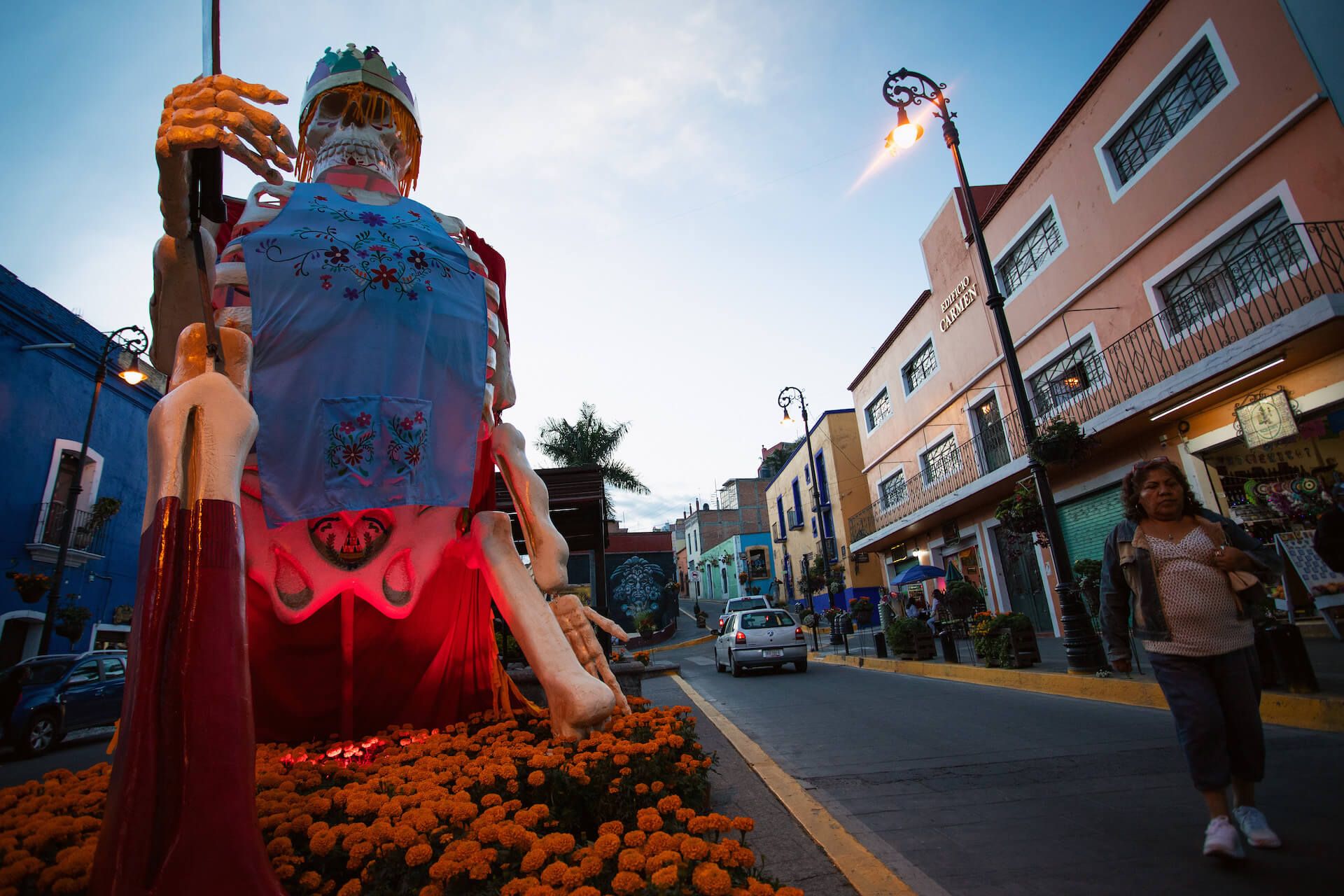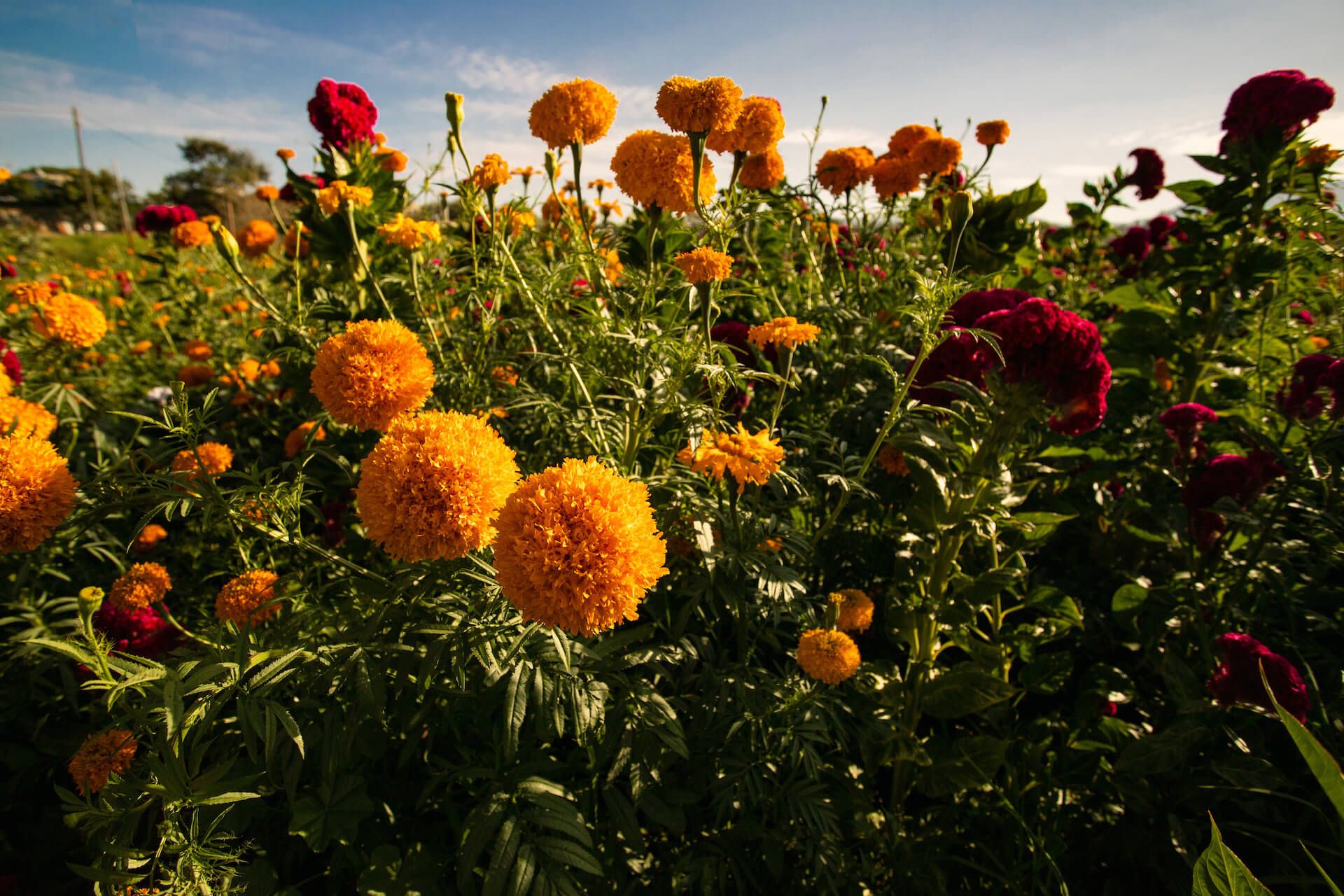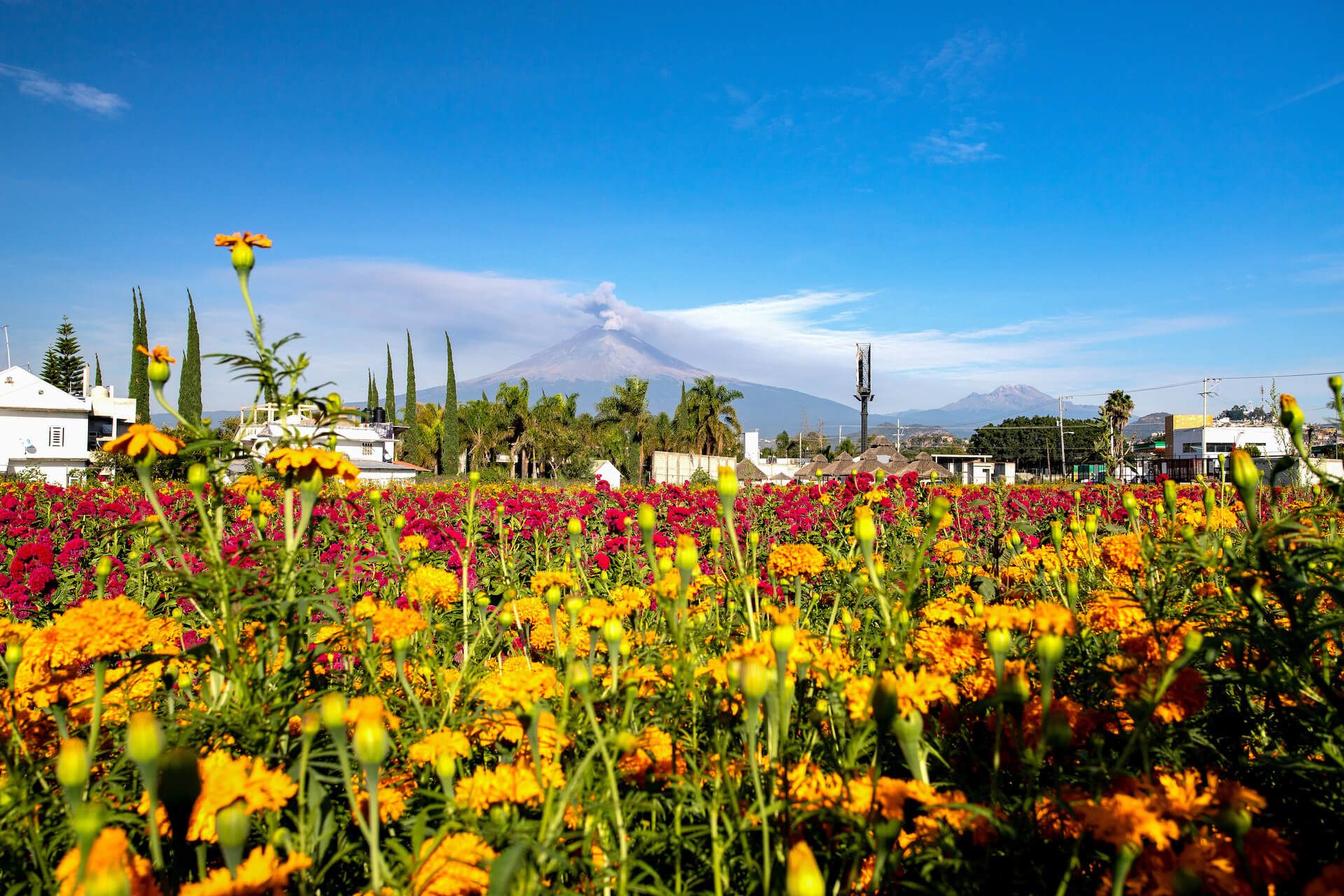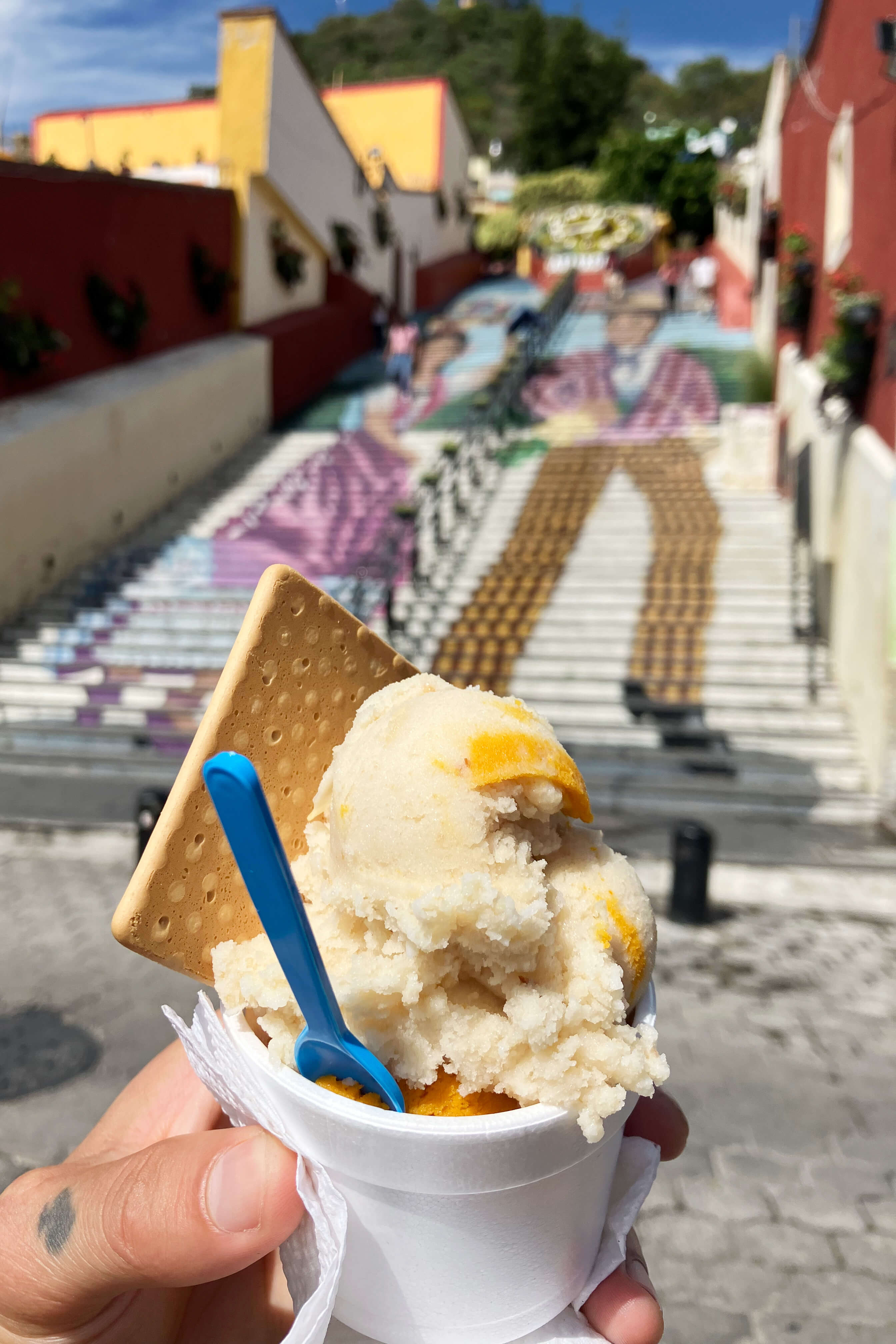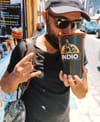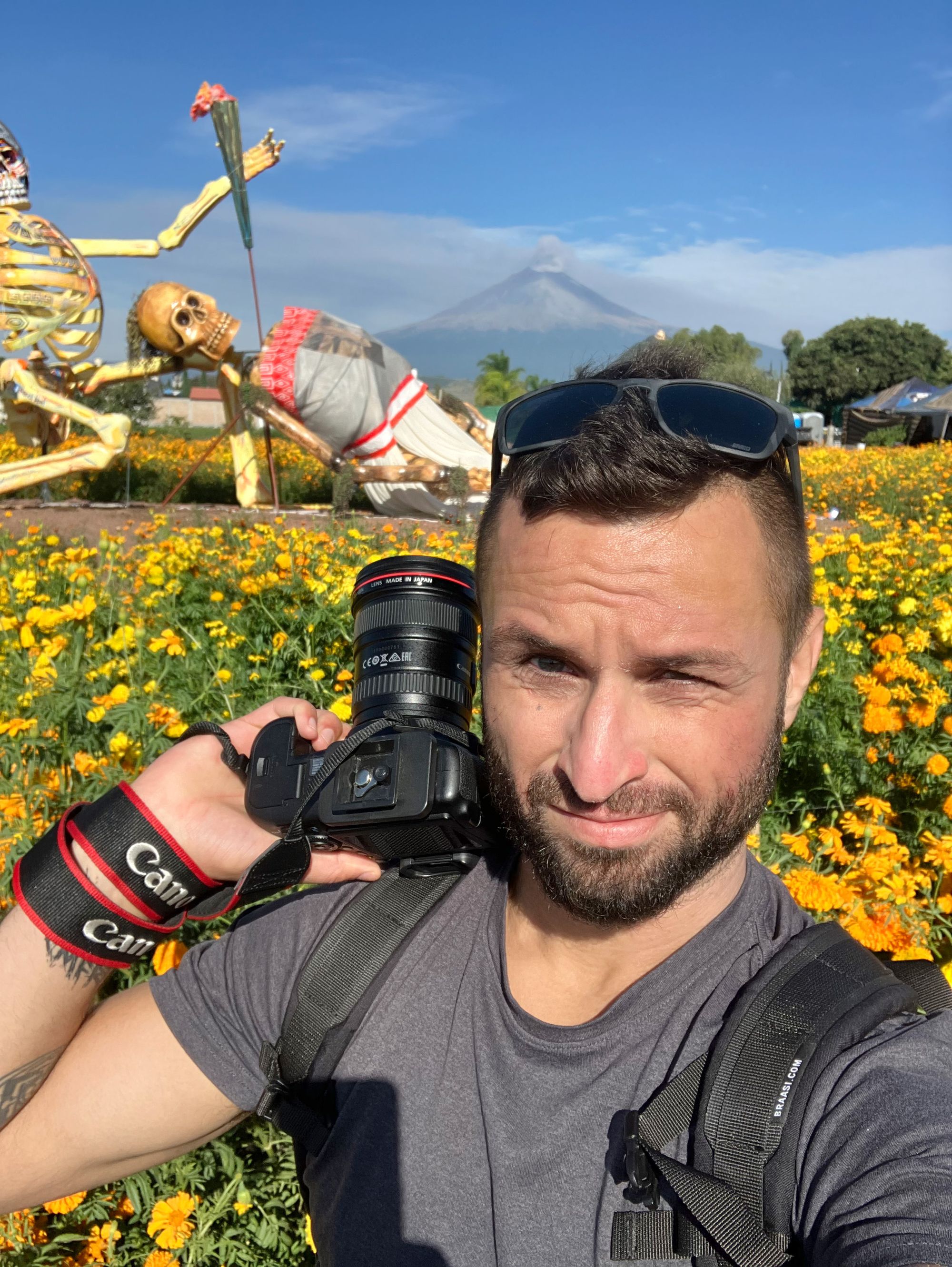Cempasúchil, the flower that guides the dead to the world of the living
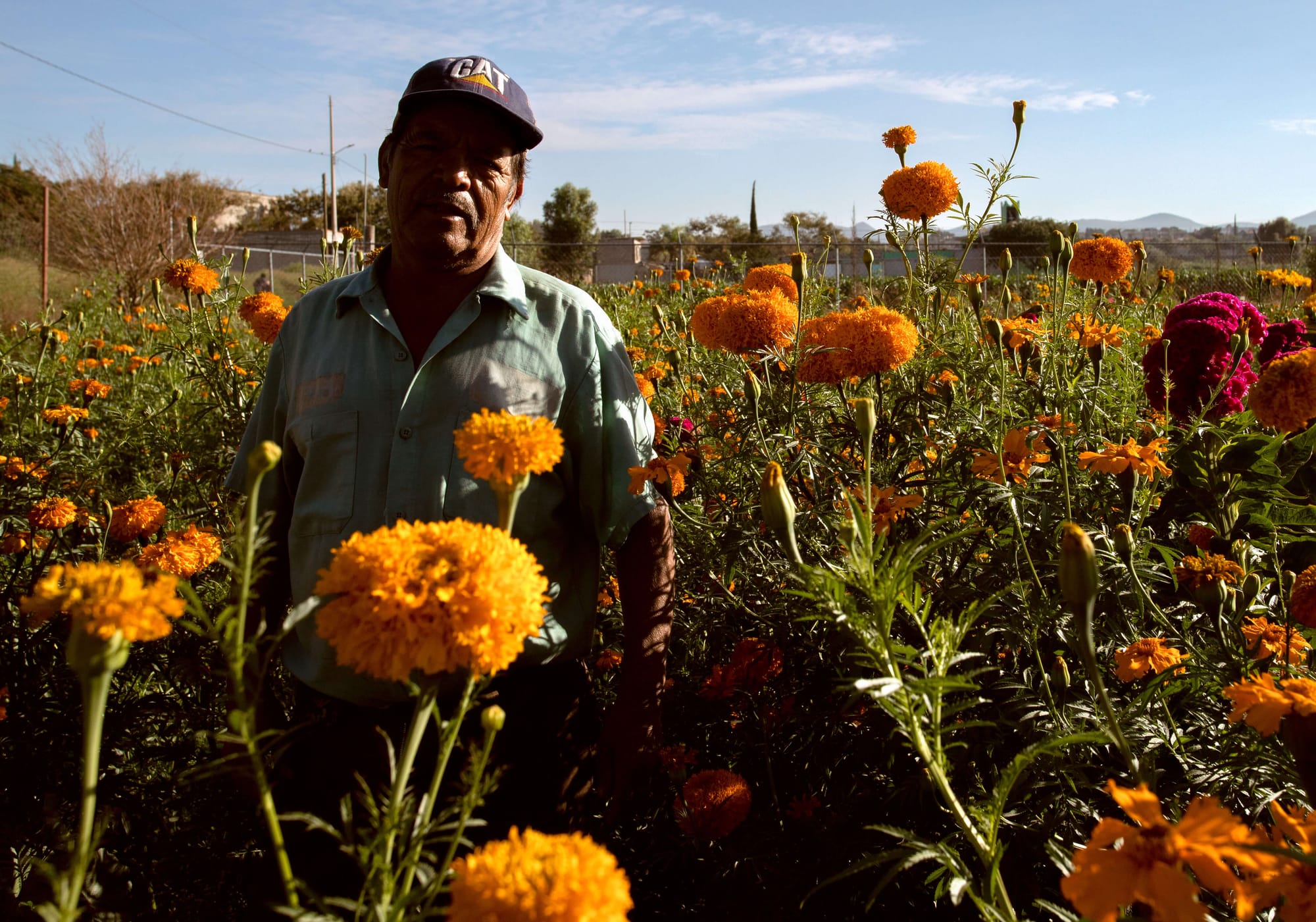
The yellow-orange dome-shaped flower represented the sun's rays in Aztec culture. According to legend, it was supposed to illuminate the world of the dead and show the deceased the way to the world of the living on Día de Muertos. That's why Mexico is covered with these flowers every year on these days.
In some countries, it is also known as Mexican Marigold, Aztec Marigold or African Marigold. Botanists will forgive me, I ignore the minor nuances between these. But we can also call it the Flower of the Dead. For it is, at least in the case of Mexico, which will be discussed, inherently linked to the celebration of the Day of the Dead, which has a tradition as strong here south of the Rio Grande as anywhere in the world.
For a month or more in advance, the outdoor markets and street decorations in general are painted orange. Cempasúchil is used to ornate tables in restaurants, planters in windows, public flowerbeds and, last but not least, as an integral part of the traditional costume, the so called Catrinas. People buy the plant for their homes to grace their private altars. This is because they believe it will attract their deceased loved ones. On the Día de Muertos, legends say they return to the world of the living.
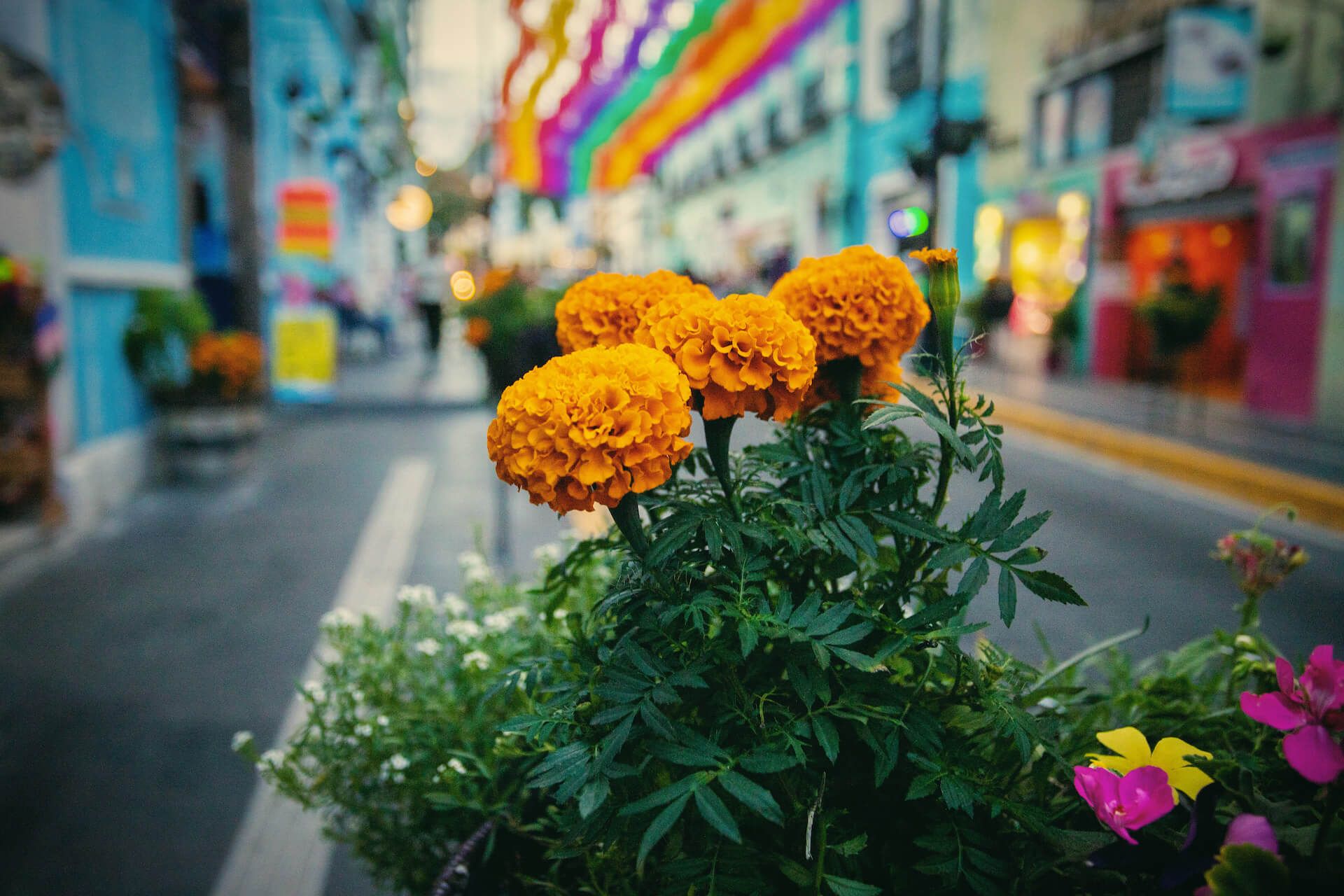
According to pre-Hispanic traditions, yellow is the colour of mourning, but cempasúchil, which translates as "flower of twenty petals", was also considered to embody the sun, and people believed that it illuminated the world of the deceased and showed them the way to the living world on the Day of the Dead.
Beer and cigarettes from the flower of the dead
"No one loves life more than we Mexicans," the famous Mexican director Guillermo del Toro once said, "because we are so sonscious about death. One place we are all going through. All of us on this planet have boarded a train with final destination Death. So in that train we are going to live," he added, when asked how does he balance to be a cheerful human being on one side but also looking for the dark aspects of life in his art on the other side.
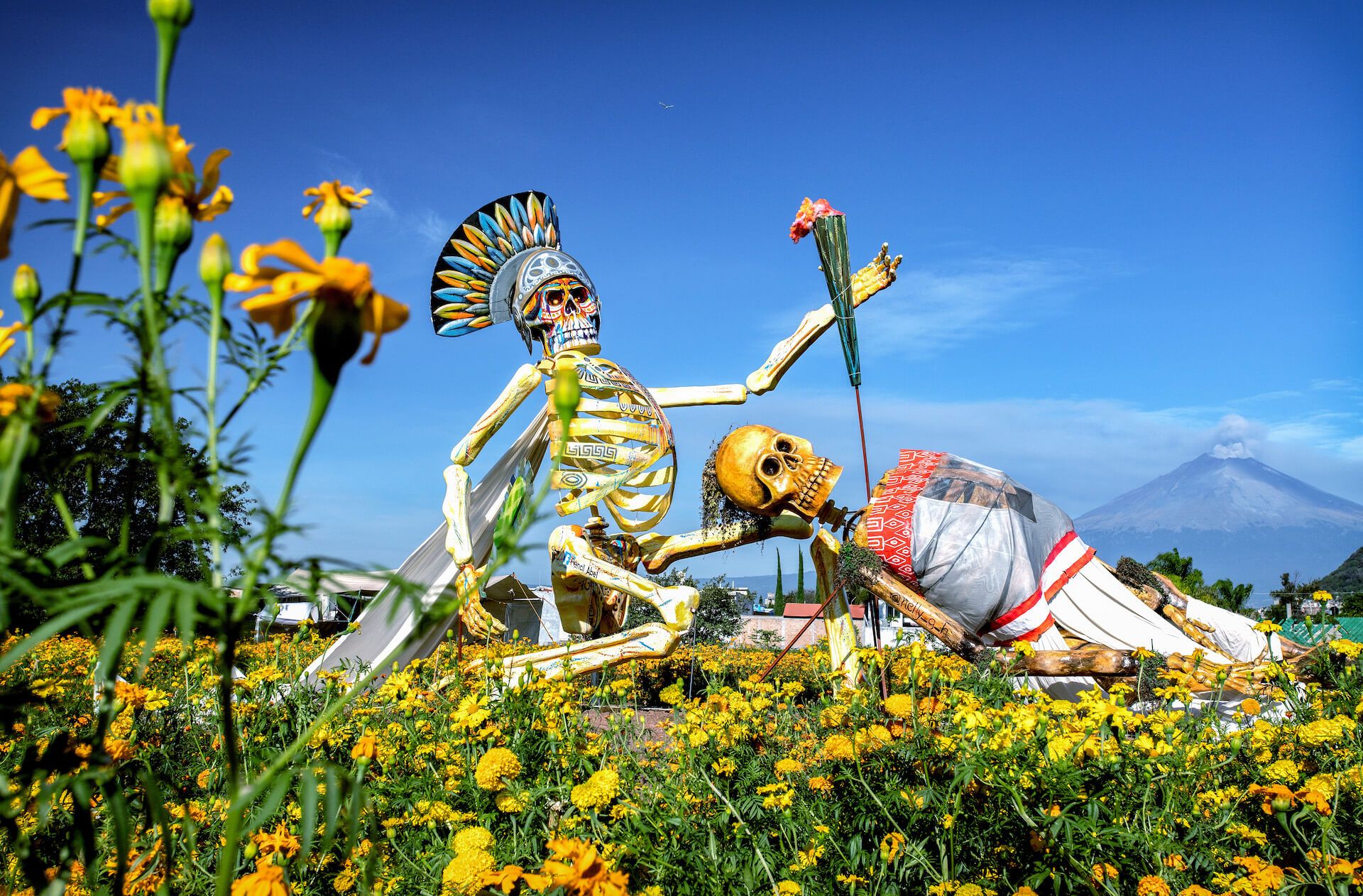
Mexicans are famous for this. Living on the edge is part of their mentality. Like the fact that no problem makes the locals crumble. And even in the worst of times, they don't lose their passion for life or their appreciation for simply being. That's also why the Day of the Dead here are a celebration of life, not death. That is why it is a time when people rejoice and remember their dear ones with love, and it is no exception that they come to make a small fiesta directly on the grave of their deceased.
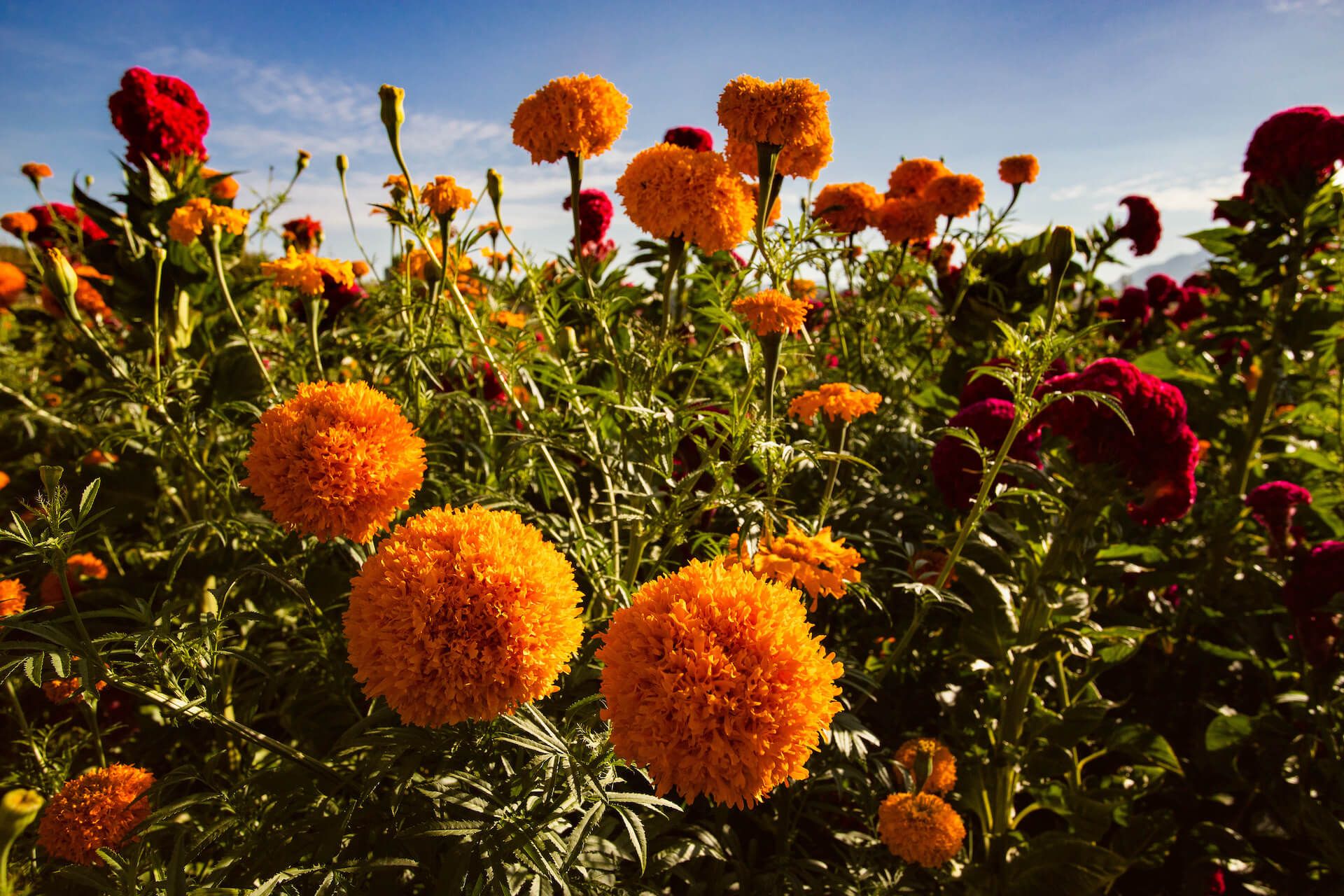
In one village that I had the opportunity to visit, and which I wrote about here recently, they even take out and display the bones of their deceased loved ones on these days as part of an old Mayan tradition:

But back to the cempasúchil. Mexico grows 14 000 tonnes of it a year and its production feeds many farmers. The main production is concentrated, among other places, in the state of Puebla, neighbouring the capital Ciudad de México. There, the town of Atlixco takes the lead, where I went in mid-October to document how the flowers are thriving in the valley below the Popocatépetl volcano.
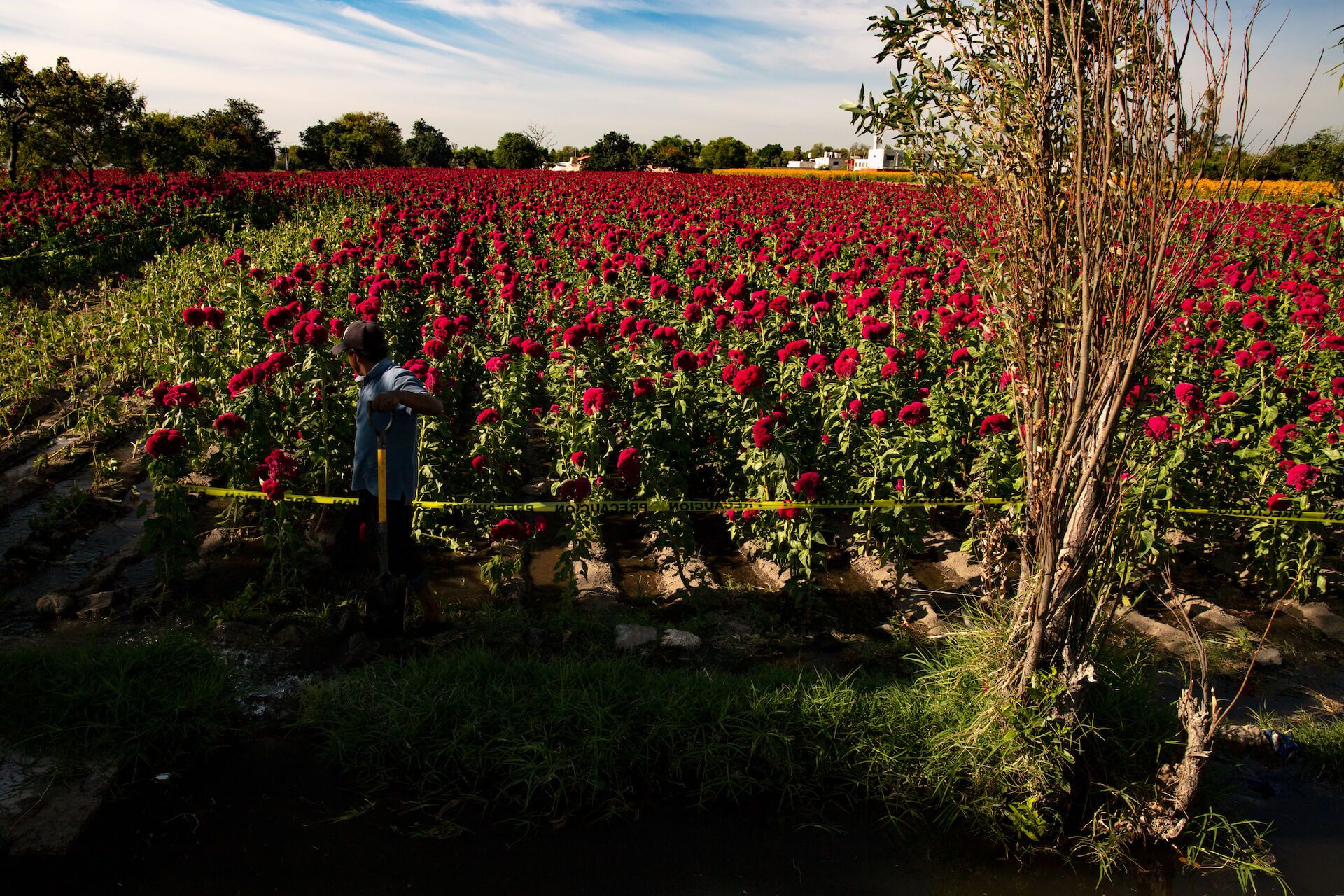
By the way, this is an important point, because it is the presence of the volcano or volcanic soil that creates an exceptional environment for growing crops, so it is no coincidence that production is concentrated here within sight of Mexico's second highest peak (5,426 m).
Every October, the fields near the foot of the volcano turn yellow and orange - sometimes even red, as a special red-pink variety of cempasúchil is grown there.Then, when the season is at its peak, farmers take the flowers to markets near and far, where they are being sold for about 30 pesos.

But look out. Mexicans are also incredibly creative and aren't content to just put flowers on the table or decorate Catrina's headbands with them. The obsession with the cempasúchil is so strong that the flower has been turned into things like ice cream, a seasonal beer special, and this year I even purchased a hand-rolled cigarette filled with orange petals at a market. They said it wouldn't do anything but relax me.
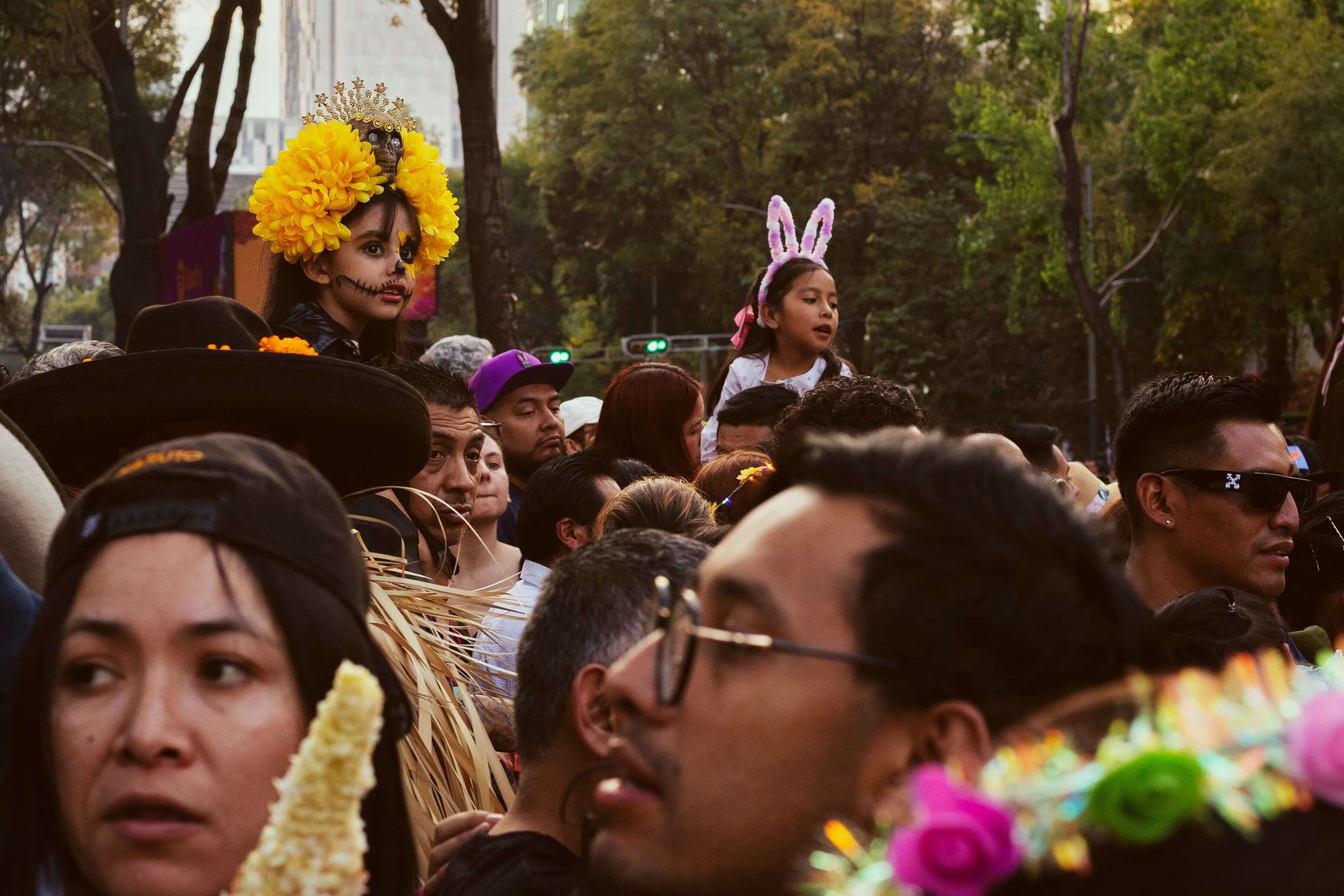
Then, on the main avenue in Ciudad de México, there's a festival dedicated to these flowers throughout the second half of October, where you can buy them in any form imaginable, or as an ingredient in all sorts of products. And last but not least, as a decoration for the Dia de Muertos masks.
Are you looking to go to Mexico but don't know where to start? Download my itinerary for a three-week trip with the most important things to see in Mexico. Now is the best time to go.
